Paula Scher: One more thing...
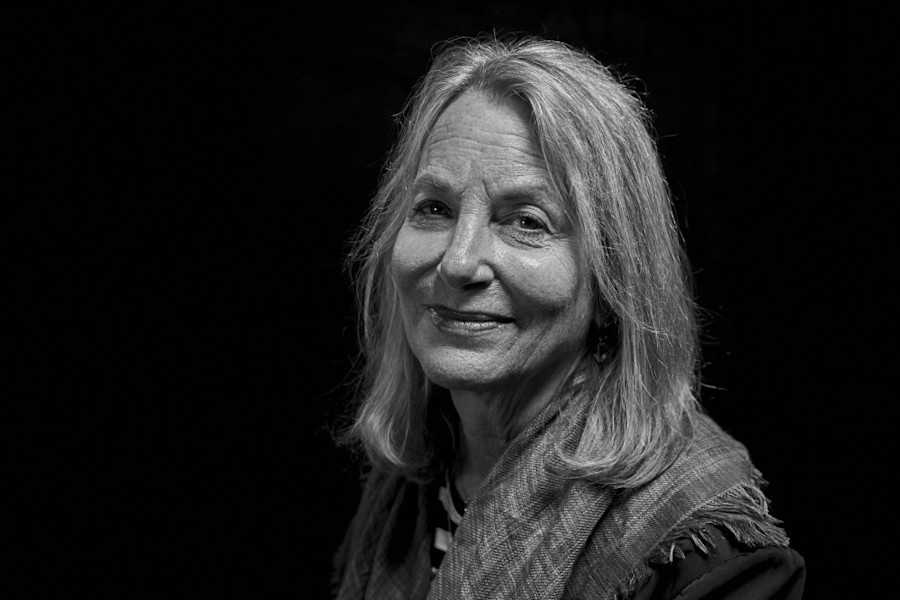
“Fuck yeah, Paula Scher!” was the general sentiment in the room as the iconic New Yorker took to the stage at Semi Permanent Sydney 2018; partly because it was the first talk of the weekend, but mostly because she’s the best designer in the world.
Having weaved in and out of the design community’s collective consciousness for over forty years, Scher’s work has set the blueprint for how punk design ideals can get their foot in the top-end of town — and in this respect, she has a few things to say. We covered a lot in our 2017 interview, so we dug even deeper backstage in Sydney to learn about stress, expectations and the virtue of hidden opportunities.
A lot of people say you've succeeded because you've managed to stay a step ahead of your contemporaries. How do you make sure you're still creating challenging work while not resting on your laurels?
It's about understanding that you can't stay young. You must acquire knowledge and you must be astute about how things are changing: when to change with them, how to stay ahead of them, how to not be a victim of it and also to sidestep things you're not really good at.
For example, I've managed to go 48 years without being a technologist; that's not where I could be a leader, I would only be a follower. [Throughout my career] I would take projects that nobody would ever want to do, like designing a parking lot. But I designed a parking lot and suddenly it changed the way parking lots were designed, then parking lots became a design opportunity. But there are so many opportunities out there and the best way to stay ahead of the game is to do the thing that nobody else is thinking of doing.
The thing that no one else wants to do...
Only because they haven't realised it could be good. Once they realise that, they want to do it for you. My client wanted me to [design the parking lot] because he owned it, and I didn't want to do it because I thought it was a terrible job. Parking lots are dirty, horrible places and he said 'I'll let you do anything you want if you'll just design this parking lot'. But I had the ability to do it. I could've just turned them down and not done it, but I realised that there was no rule that says a parking lot has to be a specific way.
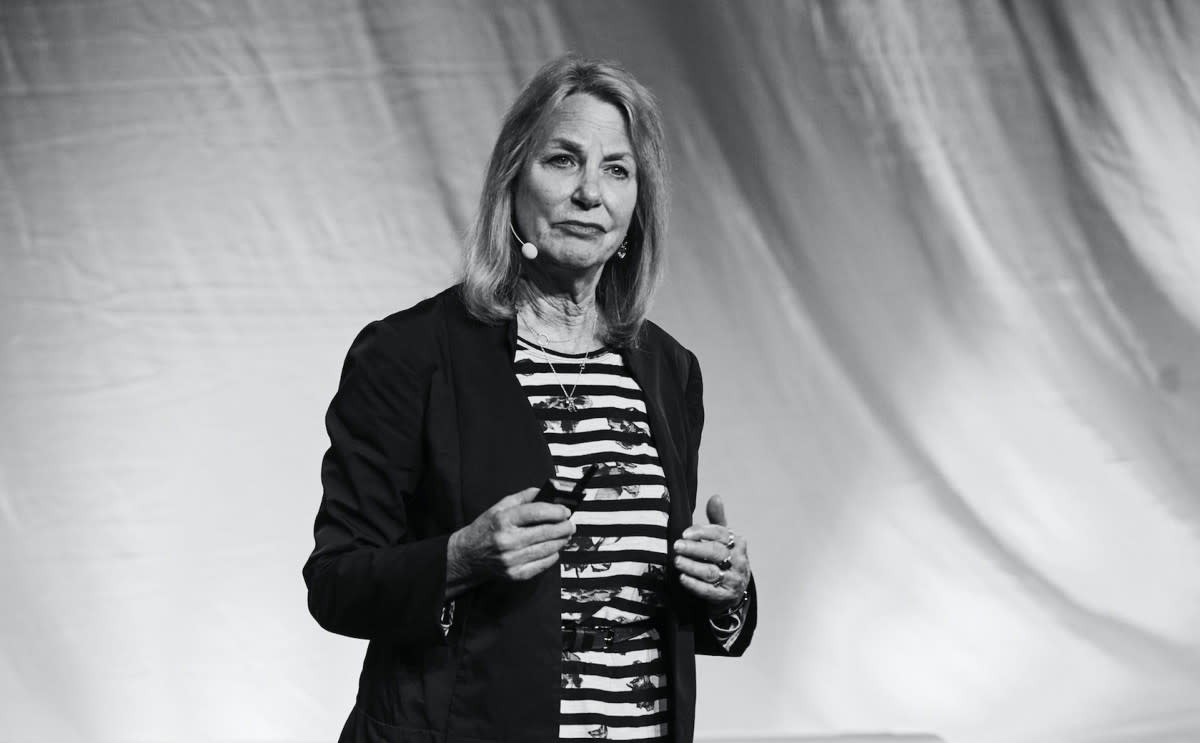
Do you still have those micro-moments where you feel you're resting on your laurels or being tempted down an easier path?
I understand that a certain amount of work over the course of a year is going to be ordinary because the nature of the projects are ordinary. Then there are going to be jobs that can be extraordinary and that's where I concentrate my energy. I've never been lazy and my team is very good. I know we're working on one project now where the client is very, very restrictive and conservative and I know how to solve the problem for this client and I know how to get the job done for them, and I'm going to do it as fast and efficiently as possible and get it the hell out of the house because it's a bore. But I'm still a professional with it.
I will divide my time as a businessperson to ensure that I'm doing a professional job on non-breakthrough projects so I have more time to experiment on those which could be breakthroughs. It's a matter of managing and conserving energy. What's terrible is if I don't see the possibility. The parking lot story is a good parallel because I didn't see the possibility in it, but then I realised [the client] was teasing me because he knew me. When he said I could do whatever I wanted, the question became 'what could that be?' And all of a sudden the type got enormous, and that is the most graphic parking lot you ever saw. The photos were spectacular, but when you understand that that's in front of you, you just have to grab it. And the trick is to see the opportunity.
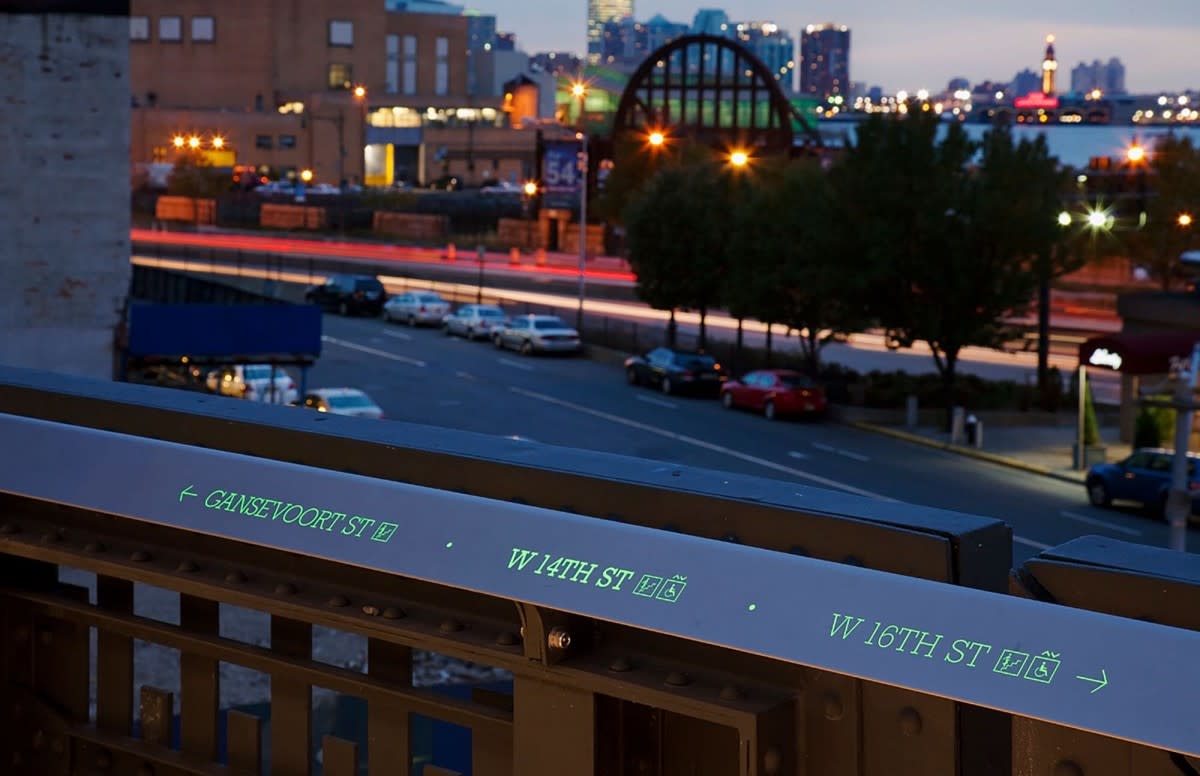
You've spoken about the beauty of personal projects or creating things to develop your skills. Today, just doing free work is considered sacrilege to a lot of people…
The goal to protect the profession got convoluted, in that artists and designers always did free work. The free work was for themselves as much as it was for the client because it's your power and it's your choice. You know you're doing it because it is your pleasure ("I will go because it is my pleasure" said Anthony Quinn in Lawrence of Arabia!). But it's not like you run around and you're this victim of not being paid. It is your ability to have something made that you want to have made a specific way and then doing it by making the donation.
What part does sexism still play in your career? How does it show itself once you've reached the heights you have?
It really depends on who's in the room, you know what I mean? I must say it's much easier than when I was younger. The world is more accepting, but I also know that in certain corporate groups I will find it a challenge to be heard even though I'm a very strong speaker. I have to work a little harder than my partner (Michael Beirut) at commanding attention when I walk into the room.
What techniques or strategies have you developed to overcome those hurdles and pursue people in a way a man would not have to.
I have a fantastic sense of humour and I use it. I started doing that when I was really young, I could just put people off guard. I love absurdity and it works for me. I've always used that.
Every generation has a personality signature as a collective, including how they navigate the industry. What are the strengths and weaknesses of the up and coming generation?
I don't know how millennials are going to be very good designers — they seem to be more concerned about their working conditions than their work. I really don't have a lot of respect for that. If you want to be a designer, design. Don't sit around and say 'I didn't have enough time for my wellness today’ — I just think that's bullshit. Do that in your own time if you want. If you don't want to be a designer then don't be a designer; the world does not need you, go be something else. If you want to design, it's the best, most wonderful job you could possibly have. But if you're so obsessed that something took too long and you couldn't go home at six, don't come and work for me because I don't work like that.
Sometimes [my team] work very late because we have a deadline and sometimes they get the next day off because of that. I don't care about how many hours they put in. I care about what the work looks like, so do that. That's the whole point. If you don't care about it, don't do it because nobody needs what you're going to make.
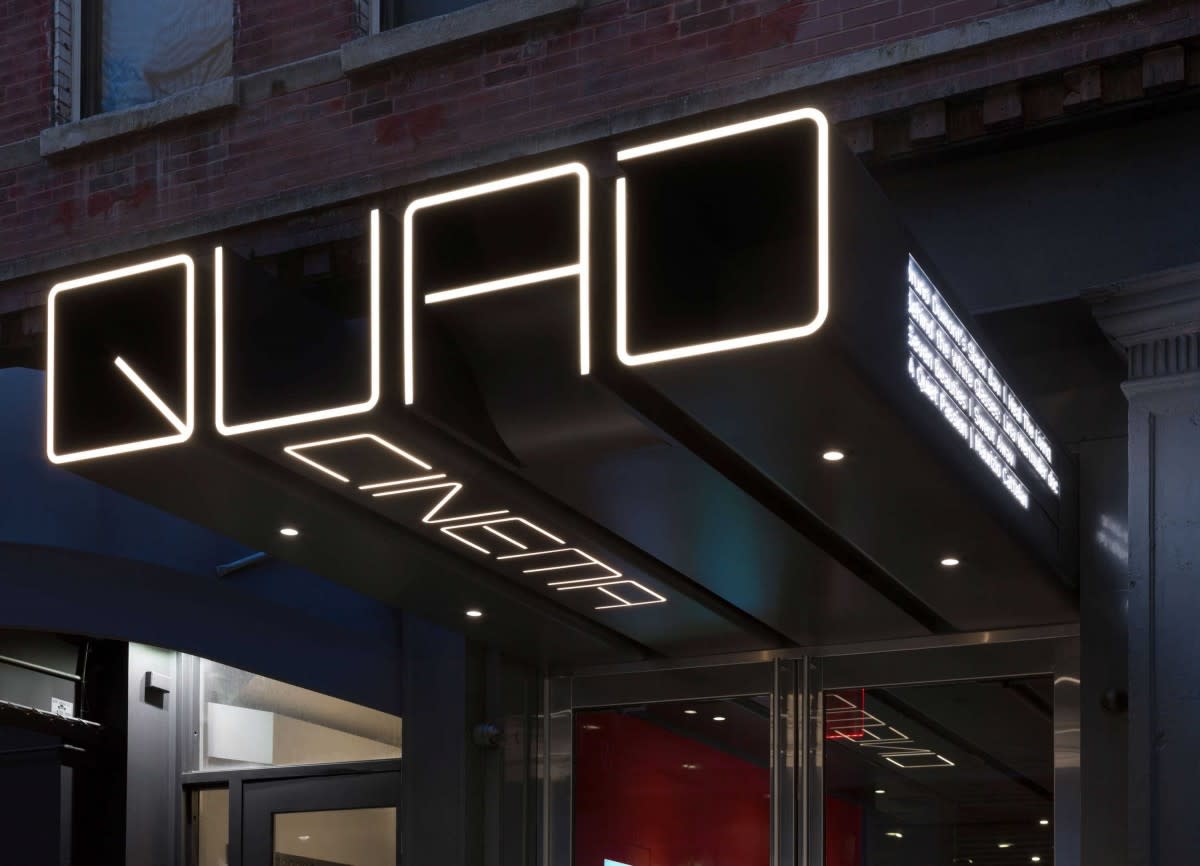
What unique opportunities can today's youth take advantage of that you didn't have?
People take design much more seriously — they think it is a real profession. People understand branding. They don't think it's artsy. They understand the need for clear communication, particularly in technology and organisations like art museums and any small retail place. There are so many things to design. I would never be able to get this kind of work 20 or 30 years ago. You could design record covers, book covers, matte magazines and shitty ads at bad agencies. That's what was available to you. You certainly weren't working in 3D and there were no computers. My God, the world is a much broader place.
What's your relationship these days with stress?
I don't feel pressured by work because I'm very accomplished at organising and making things happen on-time. It's a matter of fact that at Pentagram my team works the least nights because I make my decisions faster and I'm not doing a lot of rethinking. I've had a lot of fantastic teams and many former employees now run their own businesses. And I'm still friends with them. So part of the reason I like to work is because it's so social. If you go to work and it's not social it's largely because you're wearing your headphones and not getting up and talking to people.

Part of creative tension is making mistakes, allowing yourself to make mistakes and learning from them. Have there been any pivotal mistakes in your career you've learned from?
I remember business mistakes more than design mistakes. When I started my business with Terry Koppel in the eighties, Kurt Anderson was launching Spy Magazine and he wanted me to design it. We had just been through three magazine startups that had gone under and two of them stiffed us. I liked Kurt, but I just thought ‘I don't want to get involved in this’. And then of course Stephen Doyle did it and it was a huge hit. And I've always thought ‘just because something bad happened once, it doesn't mean it's going to happen the next time’. Sometimes you have to take the risk even if it's been faulty before, because it might be the time that it isn't. Kurt Anderson was smarter than the others, and I knew him and didn't think he would have stiffed us. It was just an ill informed decision.
Maybe a case of not trusting your gut because of history…
The history was very powerful. They went under and we lost a lot of money and it was depressing, so we decided to be much more prudent about what work we would take. That's understandable.

Who tells you when you're wrong or calls you out when you need to be called out these days?
My partners do. My husband does. My team does. My dog does. I would say just about everybody I'm close to does.
I'm opinionated, but I'm not that fearful. I have a very important and prestigious partnership of people who are really, really smart and really, really talented and a lot of them are more talented than I am. I have students that I'm very close with, and I hire a lot of them. People will argue with me. I spent an hour yesterday arguing with Rory Simmons, my senior designer. He does my 3D work and we were arguing about a font for 45 minutes.

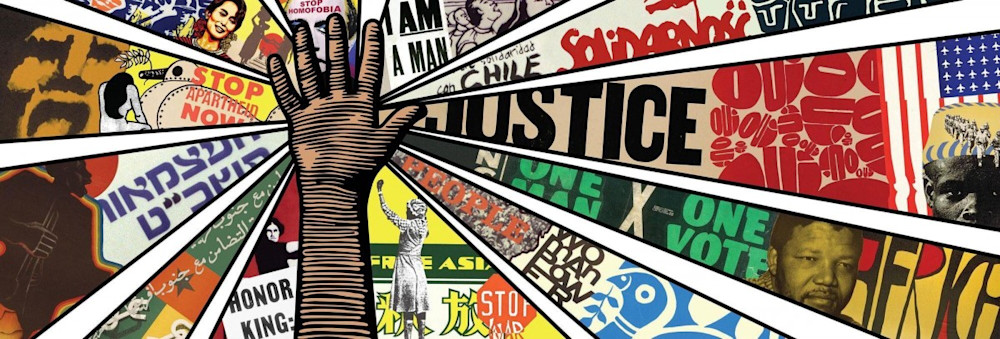
Part of being creative is having an interesting relationship with your own confidence at times. Did you ever have to overcome any big insecurities?
Between the age of 25 and 30 I had a considerable reputation, and there were awards where I really cleaned up. I developed a national reputation, was on the AIG board with Massimo Vignelli and all these design leaders when I was 28. So I had to remember I was ahead of the game in a youth period.
When I left CBS and started freelancing I found I had less control of the work that I did when I had the staff job. Then the Swatch thing happened. Tibor Kalman got up at a conference and made a speech making fun of my work and I felt like a total public failure. That Swatch poster was controversial — people accused me of plagiarism (I had permission and Herbert Matter was credited on the damn thing. It was a parody!)
Did you ever see The Man Who Shot Liberty Valance? In the end, the supposed hero (Ransom Stoddard) tries to come clean that he didn’t in fact kill the bad guy (John Wayne did), but the press refuse to print it because when the legend is better than the truth, you go with the legend. That’s the Swatch story — it just became a better legend for the media. But the interesting thing is that the criticism didn’t come when the ads came out, that only happened when the ad started getting into award books.
Anyway. To get back to your question…
Insecurities…
It was horrible. It was my partner's business. Terry was a magazine designer and his business stopped. He had no more magazines to design and had to take a job. I was carrying the studio by myself and I was being hated. And I began to realise that the following I had in my twenties and early thirties could not exist in my forties because it was based on being in my twenties and thirties and I would have to change; that the kind of work I was doing would have to change and I shouldn't be doing youth-market work. I had to acknowledge the fact that I was becoming 40 and I had to figure out what I was going to do.
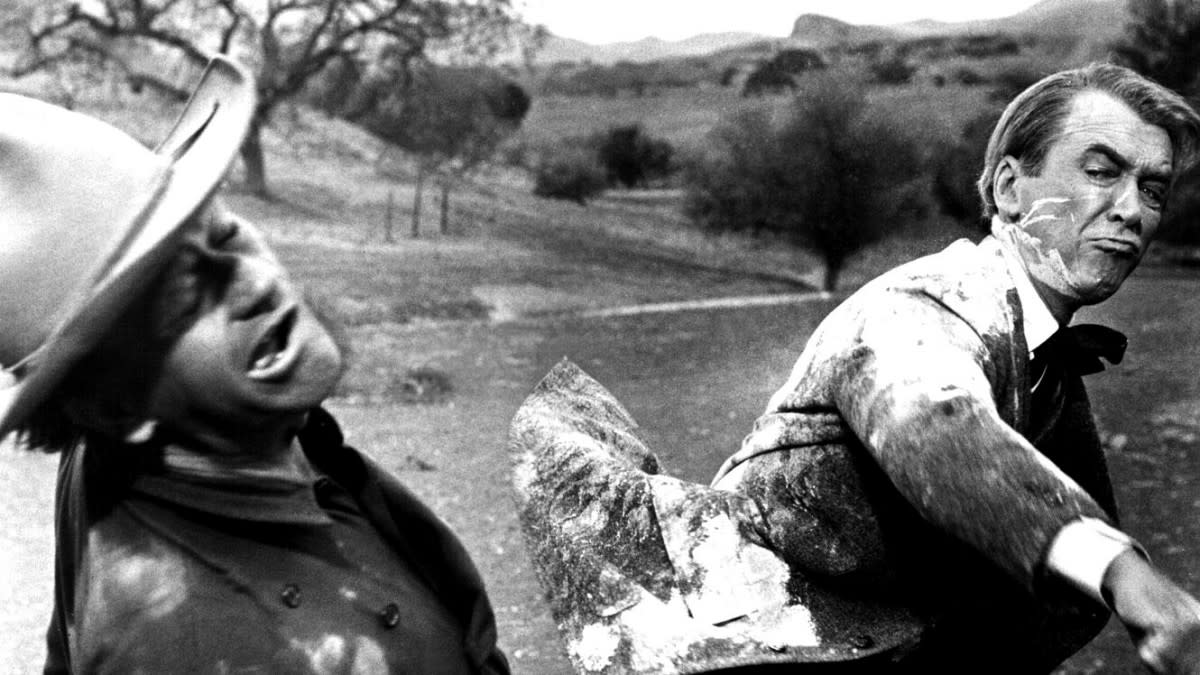
It couldn't be the same. I couldn't be the same person. And then one day in 1990, Woody Pirtle asked me if I'd be interested in joining Pentagram. And that changed everything. It changed my access to work. It changed the perception. It changed the way I functioned. It enabled me to learn a lot of things I didn't know about running a business. It was just luck, and great timing. I was attacked by the media a lot and then after I joined Pentagram, it stopped. It just stopped.
Now I had a boys club around me, so attacking me was attacking the group. If you went after me, you'd have to go after the whole institution.
But you should see The Man who Shot Liberty Valance. That's a good story.
Paula Scher is one of the most acclaimed graphic designers in the world. She has been a principal in the New York office of the distinguished international design consultancy Pentagram since 1991, where she has designed identity and branding systems, environmental graphics, packaging and publications for a wide range of clients that includes, among others, Citibank, Microsoft, Bloomberg, Shake Shack, the Museum of Modern Art, Tiffany & Co, the High Line, the Public Theater, the Metropolitan Opera, the Sundance Institute and the Philadelphia Museum of Art.
Feature image: Toby Peet
Interview: Adam Baidawi
Foreword and editor: Christopher Barker